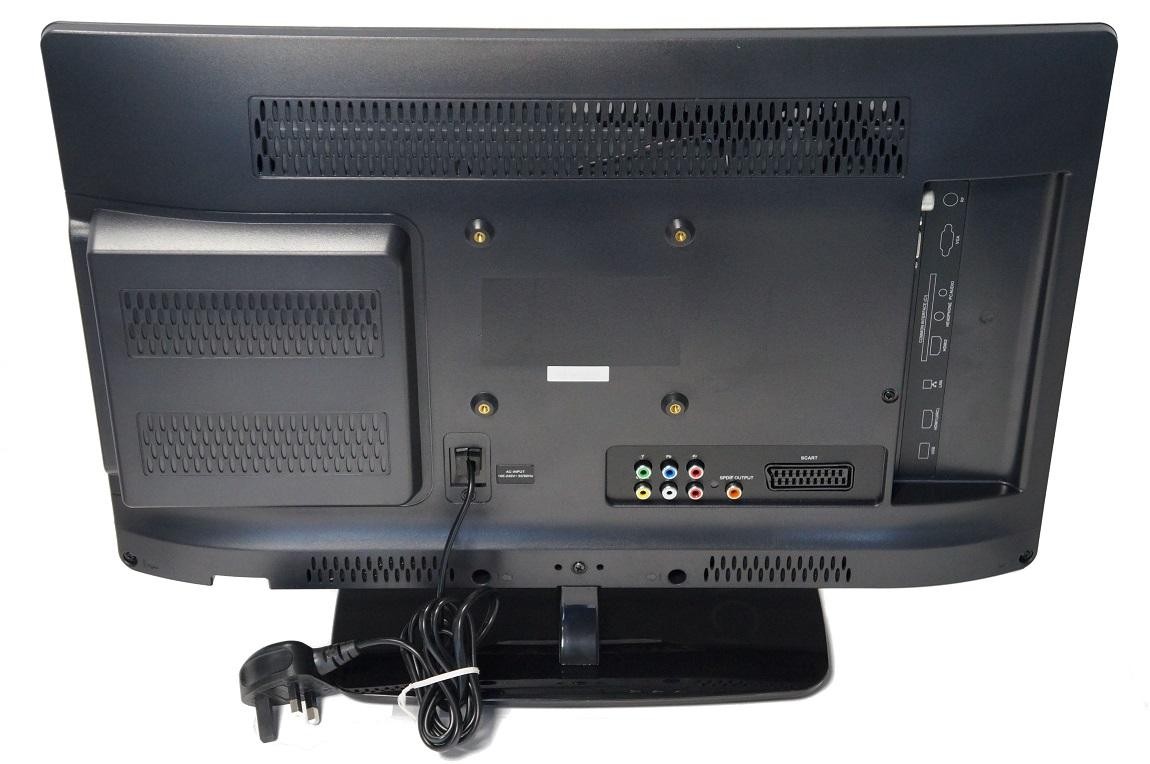

In 1977, Land introduced the Polaroid Instant Home Movie camera named Polavision, based on the Dufaycolor process.
#32 inch polaroid tv plus
The court ruled in favor of Polaroid, and ordered Kodak to cease instant picture production, plus pay Polaroid $909.5 million of the $12 billion it had asked for. Polaroid asked for $12 billion for infringements of its patents by Kodak. The suit in federal court lasted 10 years. In the two years that followed the lawsuit, total sales of instant cameras climbed from 7.4 million cameras in 1976 to 10.3 million in 1977 and 14.3 million in 1978. When Kodak announced instant film cameras in 1976, Polaroid announced they were suing them, accusing Kodak of having stolen its patented instant photography process. This ended Polaroid's relationship with its distributor and all direct sales to South Africa. In 1977, it became public Polaroid film was being sold by the distributor Frank and Hirsch to the South African government for use in the " passbook" in violation of Polaroid's policy. As a result of protests, a community group in Boston donated $10,000 it received from Polaroid to South African liberation movements.

Polaroid proceeded to fire both Hunter and Williams. The plan did not pacify the PRWM, however, and, in 1971, Hunter testified before the United Nations advocating a boycott of Polaroid products. Consequently, Polaroid banned all sales to the government, including the military and police, and promised to raise wages and increase job training at its distributors. Through the PRWM, Hunter and Williams organized a boycott against the corporation. To pressure Polaroid to divest from South Africa, Hunter and Williams created the Polaroid Revolutionary Worker Movement (PRWM). In 1970, Caroline Hunter and her co-worker, future husband Ken Williams, discovered the involvement of their employer, Polaroid, in the South African apartheid system as the producer of the passbook photos used to identify Black individuals in South Africa. The landmark Streamline Moderne style structure would be added to the National Register of Historic Places listings in Cambridge, Massachusetts in 1982. In the 1940s, Polaroid purchased the B B Chemical Company building at 784 Memorial Drive in Cambridge, Massachusetts for its headquarters.

Land was pictured on the cover of Life magazine in 1972 with the inscription, "A Genius and His Magic Camera".

Recognized by most as the father of instant photography, he included all the operations of a darkroom inside the film itself. Kodak was a customer for some of Land's polarizing products. He headed the Polaroid Corporation, developing it from a small research and marketing firm into a well known high-tech company. During World War II, Polaroid designed and manufactured numerous products for the armed services including an infrared night viewing device. Polaroid, owning patents to its polarizer technology, got its start by employing polarization in products that included 3-D movies and glare-reducing goggles for dogs. Land later returned to Harvard to continue his research. Land, having completed his freshman year at Harvard University, left to pursue this market, resulting in Polaroid's birth. Polaroid’s initial market was in polarized sunglasses - spawned from Land’s self-guided research in light polarization. It has been described by The Boston Globe as a "juggernaut of innovation", and "the Apple of its time" with a "leader in Edwin Land, a scientist who guided the company as the founding CEO for four decades". The original Polaroid Corporation was founded in Cambridge, Massachusetts, by Edwin Land and George W. The Impossible Project was renamed Polaroid Originals in September 2017, and in March 2020 was renamed to simply Polaroid. In May 2017, the brand and intellectual property of Polaroid Corporation were acquired by the largest shareholder of the Impossible Project, which had originally started out in 2008 by producing new instant films for Polaroid cameras. The "new" Polaroid formed as a result, itself declared bankruptcy in 2008, resulting in a further sale to Polish billionaire Wiaczesław Smołokowski. When the original Polaroid Corporation was declared bankrupt in 2001, its brand and assets were sold off. Its peak employment was 21,000 in 1978, and its peak revenue was $3 billion in 1991. Land, to exploit the use of its Polaroid polarizing polymer. The company was founded in 1937 by Edwin H. Polaroid was an American company best known for its instant film and cameras.


 0 kommentar(er)
0 kommentar(er)
